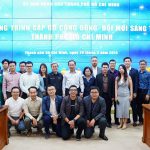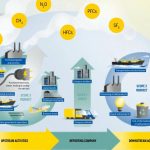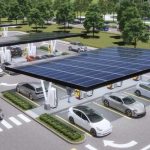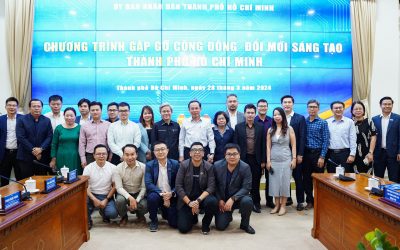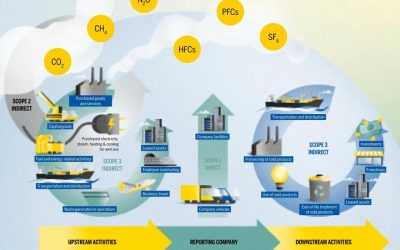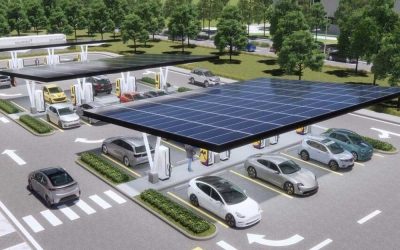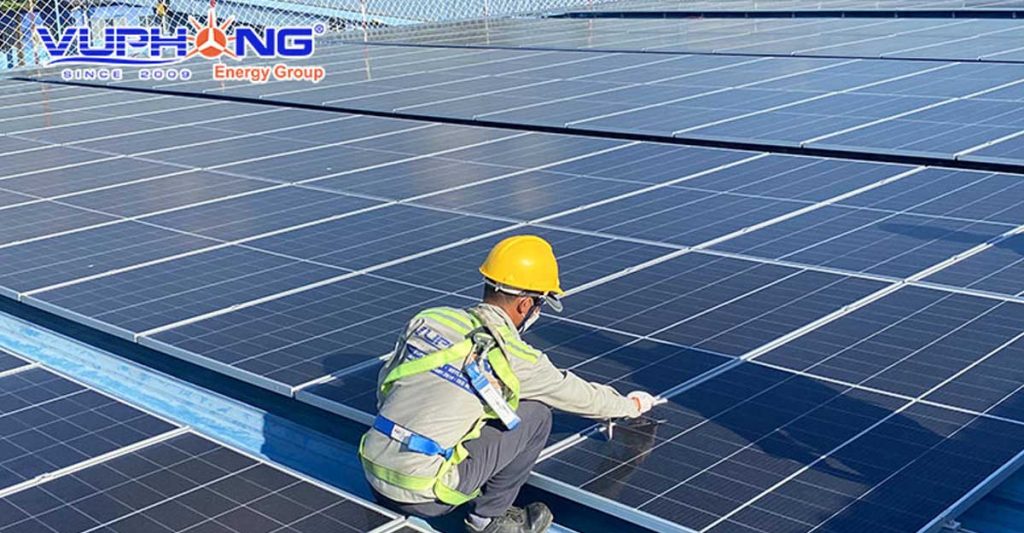
The marvel of solar power lies in its ability to transform the raw, untamed energy of sunlight into usable electricity. This process is facilitated by solar power cells, which act as silent alchemists, transmuting sunlight into electrical current within a solar panel.
At the heart of this process are photons, tiny particles of light birthed in the sun’s core through the fusion of atoms. These photons embark on an epic journey that lasts about a million years, battling their way from the sun’s core to its surface. Once they escape the sun’s fiery grip, they race across the cosmos at breakneck speed, covering the 93 million mile distance to Earth in a mere eight minutes.
This prodigious energy, generously beamed down from the sun, is not only abundant but has been the lifeblood of our planet for billions of years. It nourishes plants, cycles water, and even indirectly gives rise to other forms of energy, such as fossil fuels, that have become the mainstay of our modern civilization.
In recent decades, scientists have been striving to harness this primordial energy source more efficiently. Their goal is to replace non-renewable fuels with this clean, quiet, and radiation-free alternative, which is immune to the economic fluctuations that continually drive fuel costs upward.
As an intriguing aside, photons are also referred to as quanta, representing discrete “packets” of sunlight. This concept is a cornerstone of quantum mechanics, a field of study that earned Albert Einstein his Nobel Prize. Thus, in understanding how solar power works, we also touch upon the profound principles that underpin our universe.
How does solar power work? Unveiling the process
Every day, the sun, an immense fusion reactor suspended in the heavens, showers our planet with a wealth of energy. The Vu Phong Energy Group, a top-tier renewable energy corporation in Vietnam, has ingeniously harnessed this energy, crafting a sustainable power solution for the contemporary world.
The architecture of these panels tells a story of two distinct layers. The first, known as the N-layer, is a bustling hub of silicon atoms, each teeming with “extra” electrons that freely roam within the layer. Its counterpart, the P-layer, is marked by the absence of electrons, creating “holes” that serve as attractive forces for free electrons.
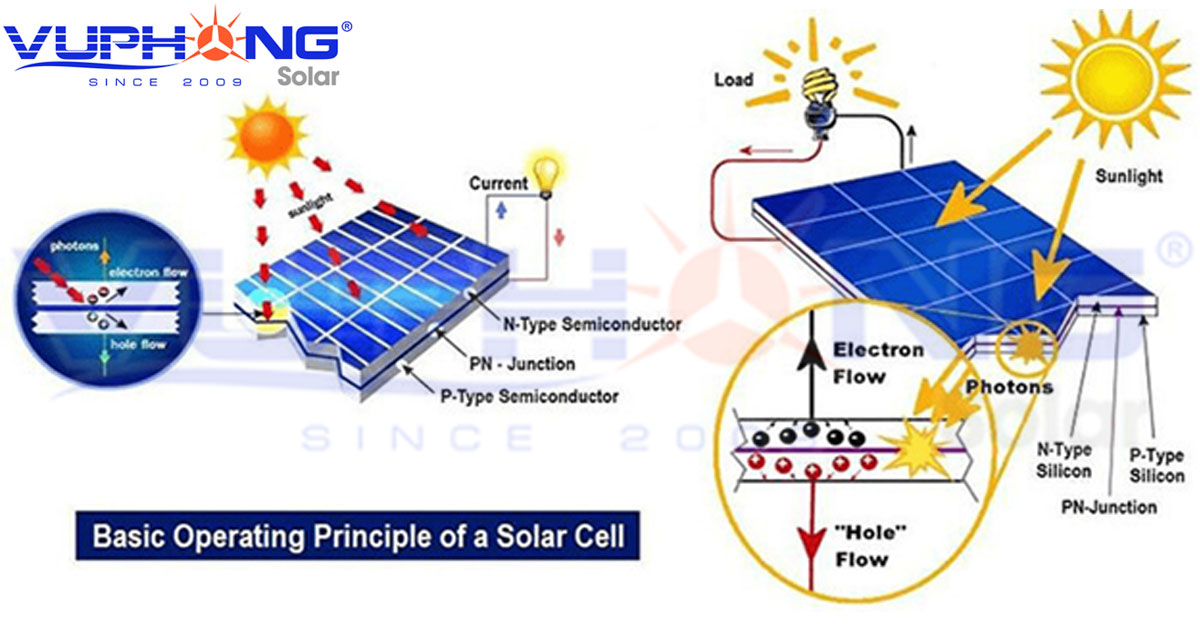
The architecture of these panels tells a story of two distinct layers. The first, known as the N-layer, is a bustling hub of silicon atoms, each teeming with “extra” electrons that freely roam within the layer. Its counterpart, the P-layer, is marked by the absence of electrons, creating “holes” that serve as attractive forces for free electrons.
The enchantment begins when a photon of sunlight, a pure energy particle, collides with an atom in either layer. This impact liberates an electron. In the P-layer, these emancipated electrons effortlessly traverse the electrical field and migrate into the N-layer. However, this migration is a one-way journey; electrons from the N-layer are prohibited from crossing the electrical field into the P-layer. This results in an accumulation of surplus free electrons in the N-layer.
To manage this surplus, a metal wire is connected to the N-layer, offering a route for the electrons. This circuit eventually leads back to the P-layer, depositing free electrons where they can restart the process. Before they return to the P-layer, these electrons play a pivotal role – they power electrical appliances in homes, offices, schools, and factories. This flow of energy-rich electrons is known as an electric current, a silent river of power that continues to flow as long as the sun shines.
As you delve into the world of solar power, envision rotating a Mitsubishi solar panel 360 degrees, admiring its sleek design and appreciating the intricate processes at work within. This is the essence of how solar power works, a testament to human innovation in harnessing the power of the sun. It’s a fascinating journey that underscores the remarkable potential of renewable energy in shaping our future.
Electricity from the sun
Electricity generated by a solar panel is known as direct current (DC). Before it can be harnessed to energize a home or office, it undergoes a transformation to alternating current (AC) via an electronic inverter.
The inverter’s role is to convert DC power into utility-grade AC power. The caliber of power emanating from a sine wave inverter can surpass that of the utility. Our inverters, provided by the Vu Phong Energy Group, a leading renewable energy enterprise in Vietnam, are typically equipped with an auxiliary circuit, termed “maximum power point tracking,” or MPPT. This feature optimizes the way the inverter processes energy from the photovoltaic (PV) panels, ensuring your system can deliver power even on overcast days.
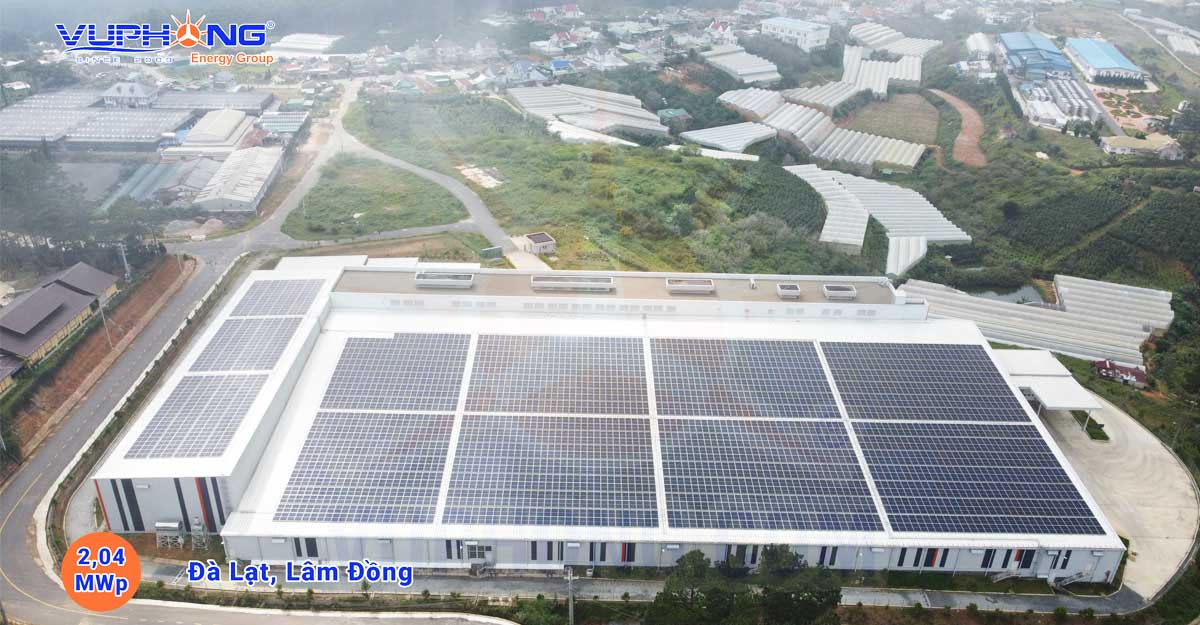
The term for energy demand is a load. In a standalone photovoltaic system, electricity exceeding the load can be stored in batteries for future use. Conversely, a grid-tied solar power system operates in conjunction with power from the utility company. Surplus solar power from a grid-tie system is channeled into utility lines, appearing as a credit on your electric bill. Any deficit in solar power is compensated with utility-company power. You are billed only for the difference between what you consume from the power company and what solar energy you generate. This is referred to as “net metering.” When you opt for net metering billing over a year’s duration, your power company will credit your bill for all the surplus power you generate in the summer, allowing you to utilize that credit in the winter months. This is the essence of how solar power works, a testament to human innovation in harnessing the power of the sun. It’s a fascinating journey that underscores the remarkable potential of renewable energy in shaping our future.
Other parts of a solar energy system
Silicon is shiny, and without countermeasures would reflect too much sunlight from the solar cells. For this reason, PV modules are covered with an anti-reflection layer to maximize energy collection. The panel is covered in glass to seal the cell. Solar power installers use various types of mounting equipment to secure panels on rooftops, open fields, poles and other areas exposed to sunlight. To round out an installation, there are also various disconnect switches, lightning arrestors, wire and other miscellaneous hardware.
Read more:
- Marrying two types of solar cells draws more power from the sun
- Green lifestyle: When the customer behavior change, the business change
Vu Phong Energy Group

